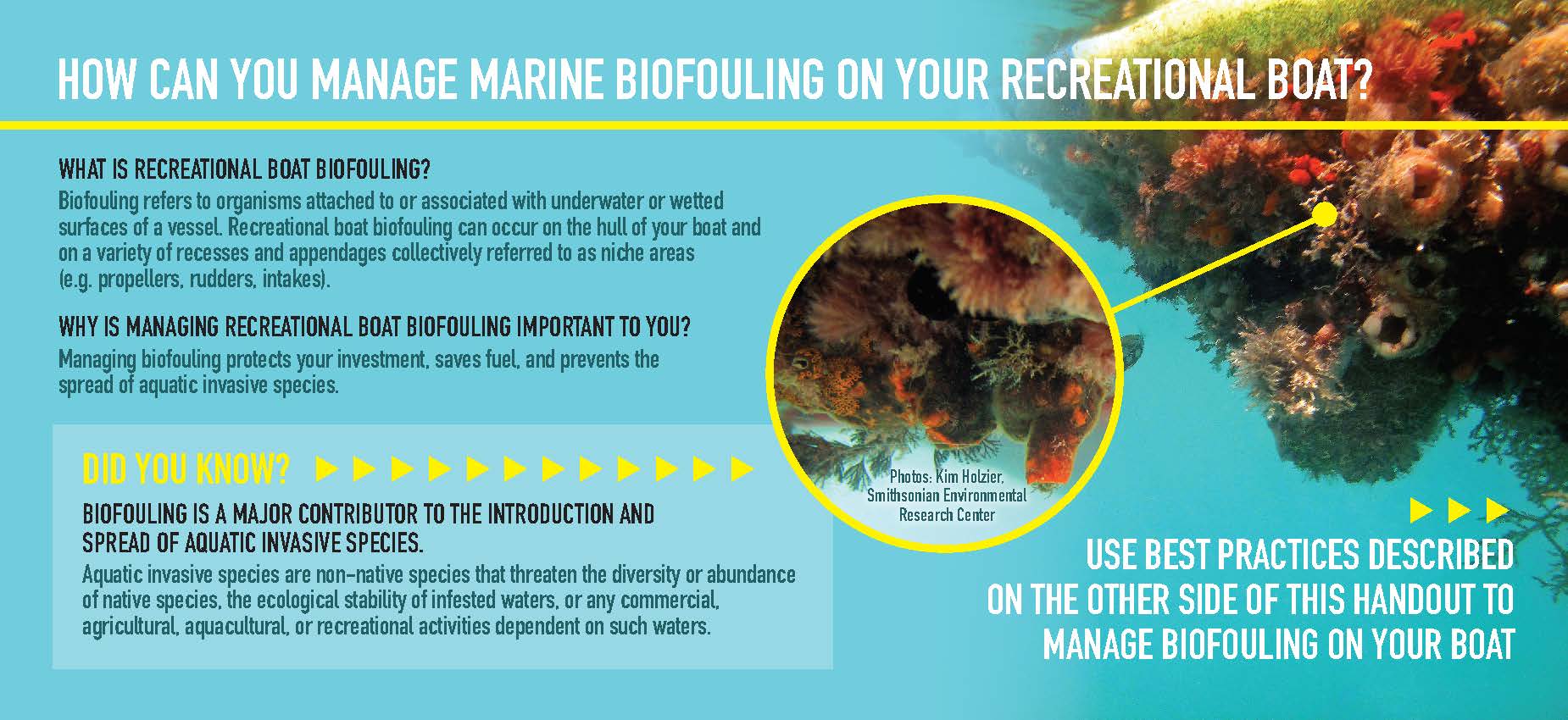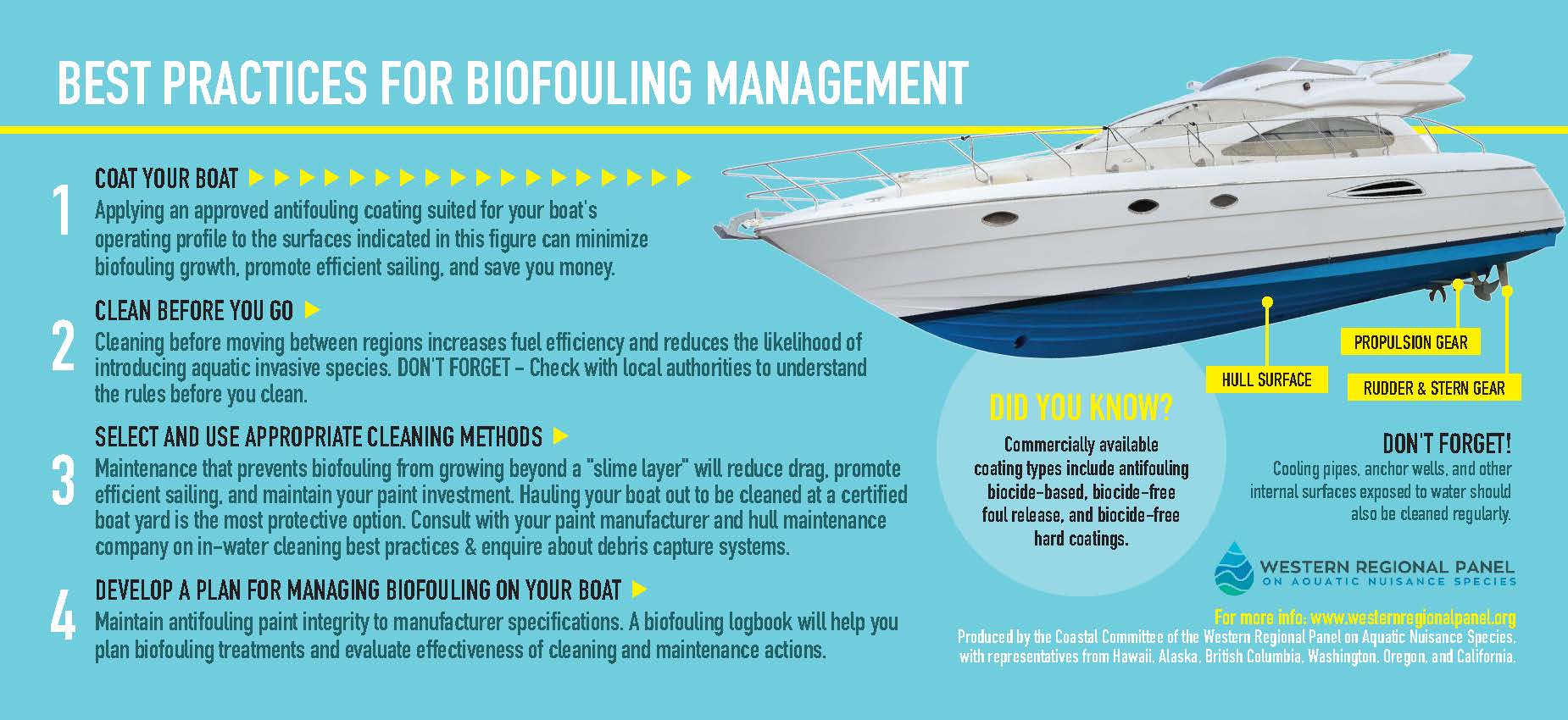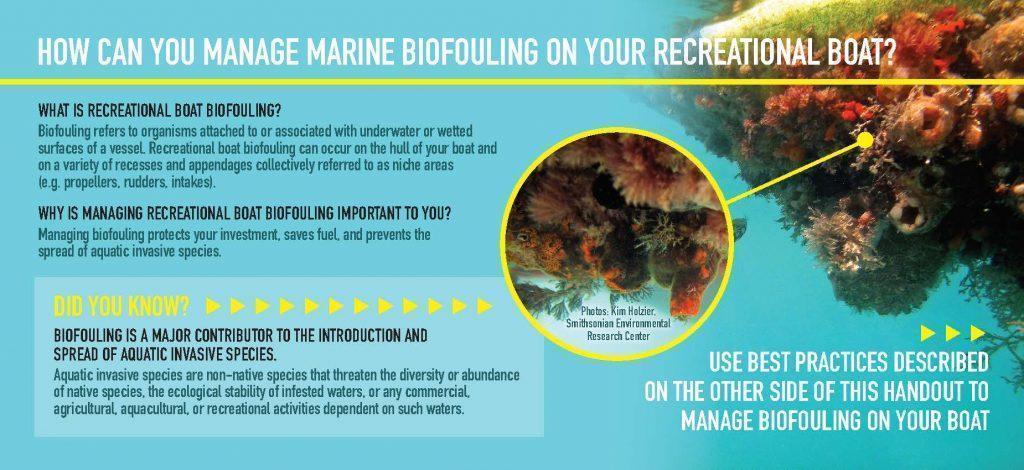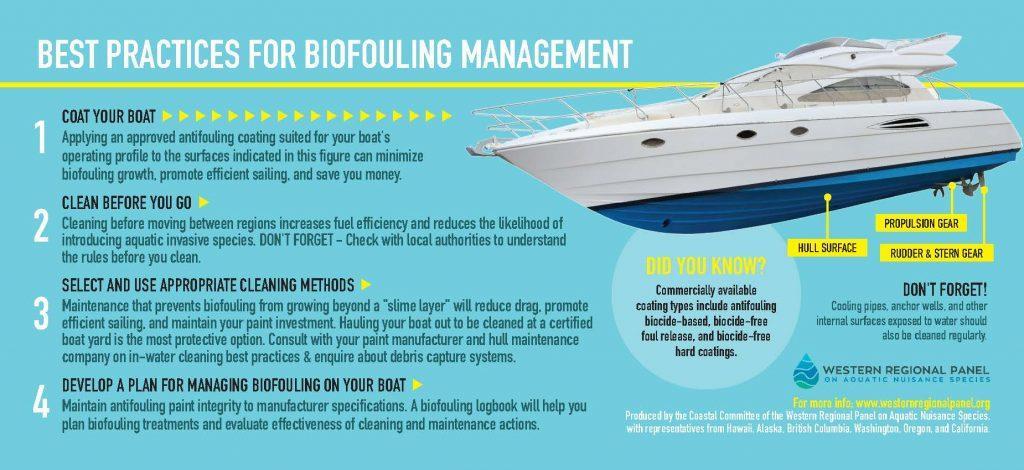Coastal Committee
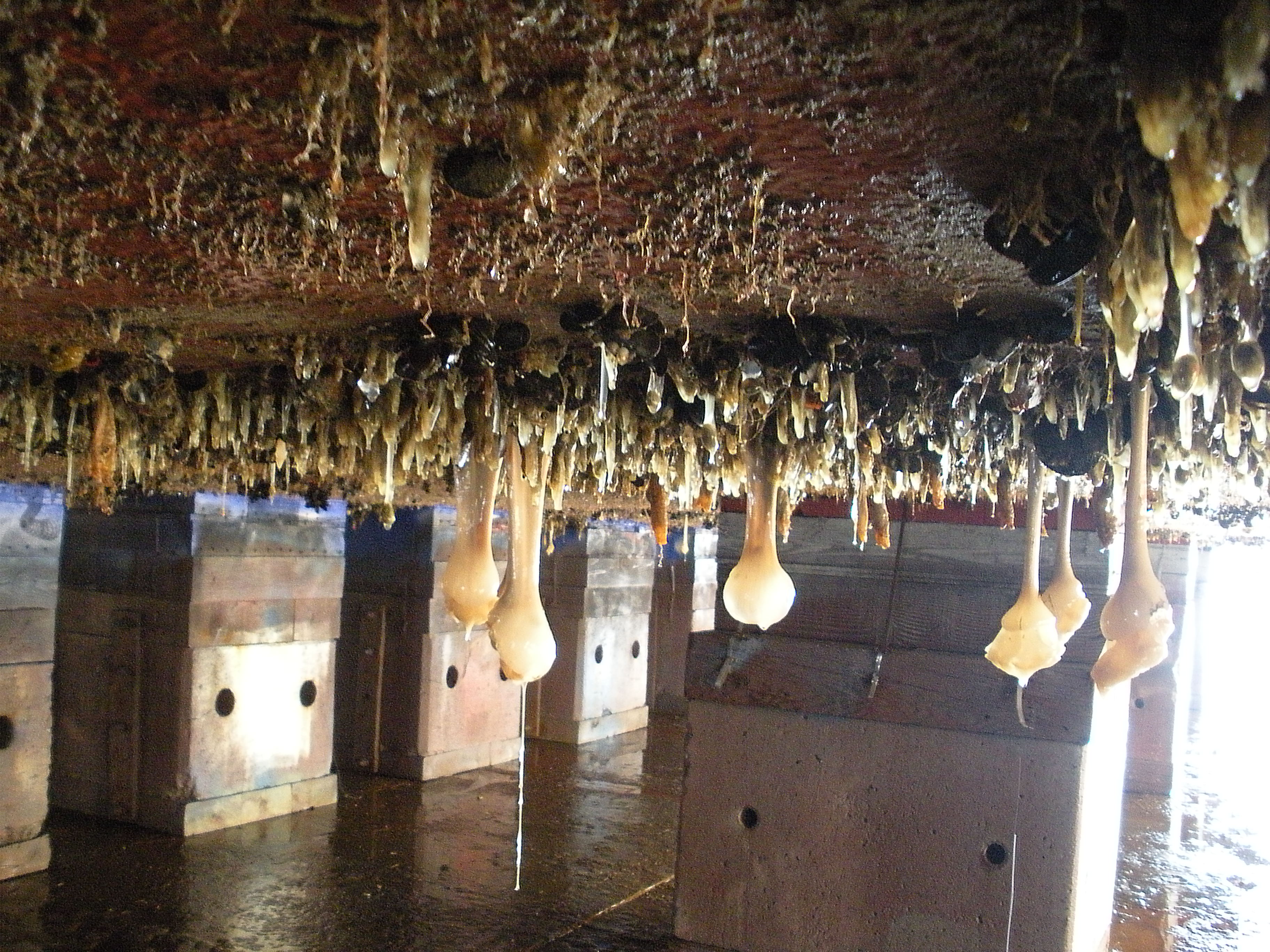
Recent accomplishments include convening an invasive tunicate workshop in 2014, resulting in a workshop report. The tunicate workshop laid the groundwork for the development of a Biofouling White Paper that was published in 2017. The Biofouling White paper outlined the risks related to biofouling associated with several categories of vessels/vectors. This white paper included recommendations and action items for the Coastal Committee.
The Coastal Committee is currently developing best management practices for biofouling associated with recreational boats, commercial fishing vessels, and mobile marine infrastructure.
The Coastal Committee is chaired by Chris Scianni of the California State Lands Commission.
Vision and Mission of the Coastal Committee
Vision: The Coastal Committee enables collaboration among agencies, nongovernmental organizations, industry, and universities to holistically approach aquatic invasive species management, including prevention, monitoring, detection, eradication, control, containment, outreach, and education within the coastal and tidally-influenced waters of the western U.S., including Alaska and Hawaii, and Canada.
Mission: The Coastal Committee focuses on preventing and reducing impacts from aquatic invasive species to coastal environments and the communities that are reliant upon them by coordinating ideas, policies, and activities, and by using committee expertise to create products to advance this mission.
Committee Resources
Biofouling Management Best Practices: Commercial Fishing Vessels. Download the PDF.
Biofouling Management Best Practices: Recreation Vessels. Download the PDF.
Biofouling Management Best Practices: Mobile Marine Infrastructure. Coming soon.
Biofouling in the U.S. Pacific States and British Columbia. This white paper outlines the nonindigenous species introduction risks associated with commercial merchant and passenger vessels, recreational vessels, commercial fishing vessels, and mobile marine infrastructure along the U.S. and Canadian Pacific region. The white paper offers recommendations for reducing NIS introduction risks for each of these vessel types and proposes action items to be taken up by the WRP Coastal Committee.
Invasive Tunicates. This report summarizes the activities and outcomes of an invasive tunicate workshop hosted by the Western Regional Panel on Aquatic Nuisance Species on August 6-7, 2014, in Seattle Washington.

